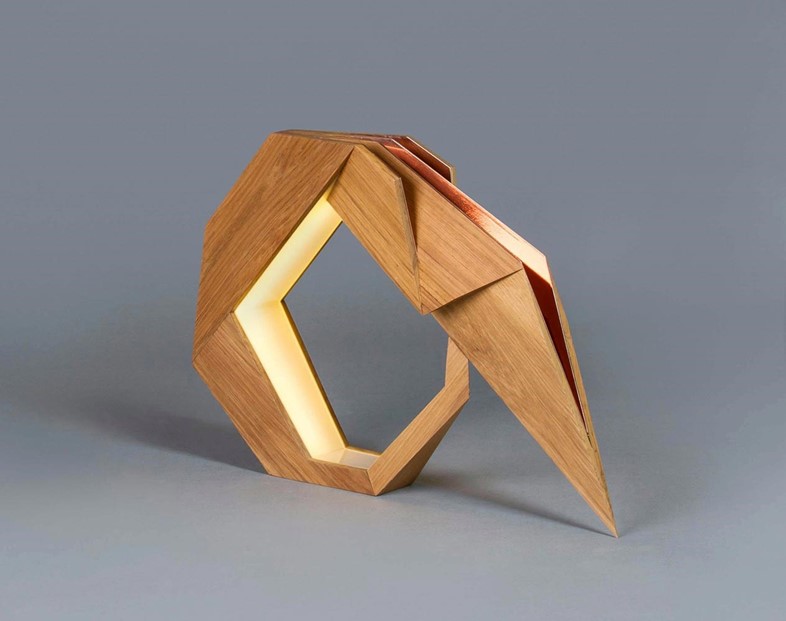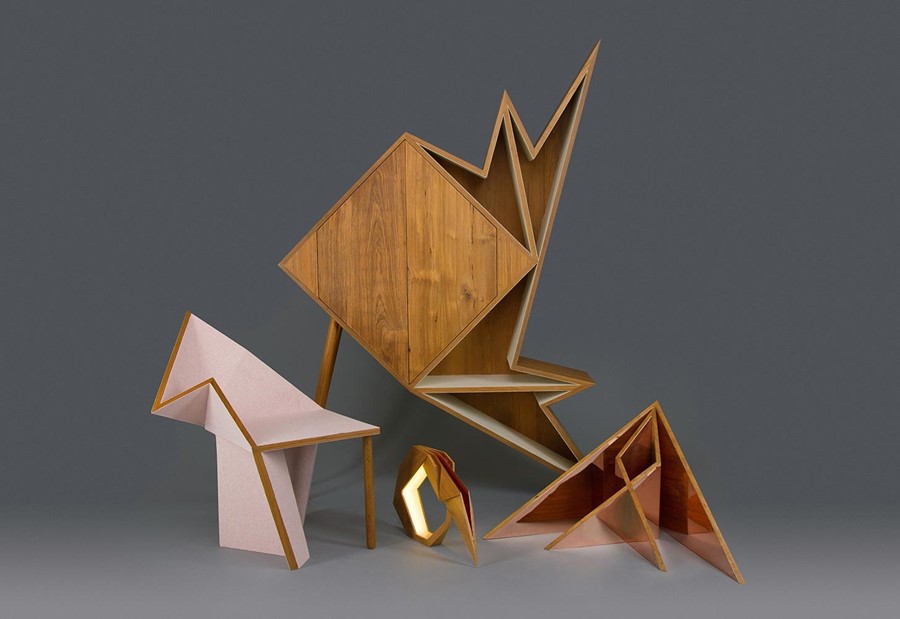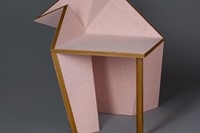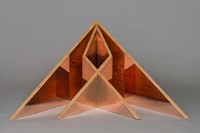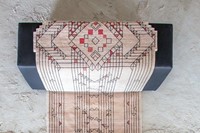Katie Treggiden speaks to the progressive Dubai-based designer whose ideas are resonating far beyond the confines of her country’s borders
Beyond Western preconceptions about gleaming ultramodern skyscrapers, elaborate water fountains with corresponding choreographed lightshows, and a host of manmade islands, the United Arab Emirates is home to a burgeoning design scene. What’s more, many of those blazing a trail in the industry, contrary to expectation, are women.
Dubai-based multidisciplinary designer Aljoud Lootah is just one – and her ideas are resonating far beyond the confines of her country’s borders. Named Young Designer of the Year at the 2013 Arab Woman Awards, Lootah recently became the first Emirati designer to have her work acquired by an international gallery, when the National Gallery of Victoria in Melbourne, Australia bought her Oru collection for its permanent collection. Design journalist Katie Treggiden sat down with Lootah to find out about her career, the cultural motifs which crop up in her work, and the Western preconceptions about women working in Dubai.
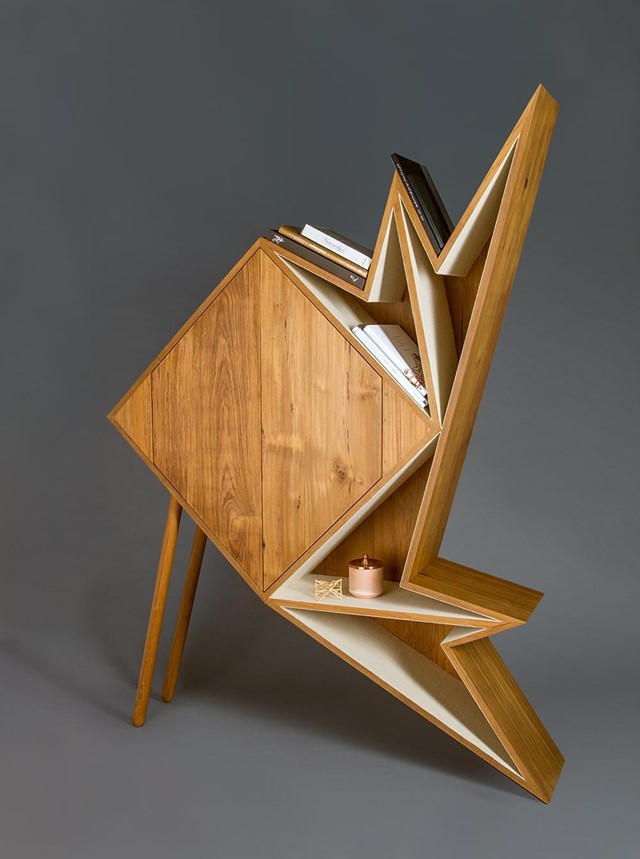
Identity
Born in 1983, Lootah has watched Dubai grow from a single skyscraper in the desert (the Dubai World Trade Centre, built in 1979) into a thriving city where she is now part of a minority population – just 11.74% of those living in Dubai are Emirati. Part of the inspiration for her work is the preservation and communication of Emirati culture and heritage. Yaroof, her installation for Dubai Design Week, was inspired by the nets traditionally used by the region’s fishermen.
“I try to look at traditional crafts with fresh eyes and challenge myself to incorporate their intricate details and manufacturing techniques into my work in a modern way,” she says. “These crafts reflected the essence of social values in the past and the deep bond between local people and their environment."
Her latest collection, AlSadu, which launched in November 2015, uses a traditional style of weaving practised by women in rural Emirati communities. “AlSadu weaving has been added to UNESCO's Intangible Cultural Heritage list. This made me realise the role I could play as a designer,” Lootah says. “What I love about AlSadu are the geometric shapes that are intricately woven into rugs, cushions and accessories for tents and traditional majlises [private gathering places].”
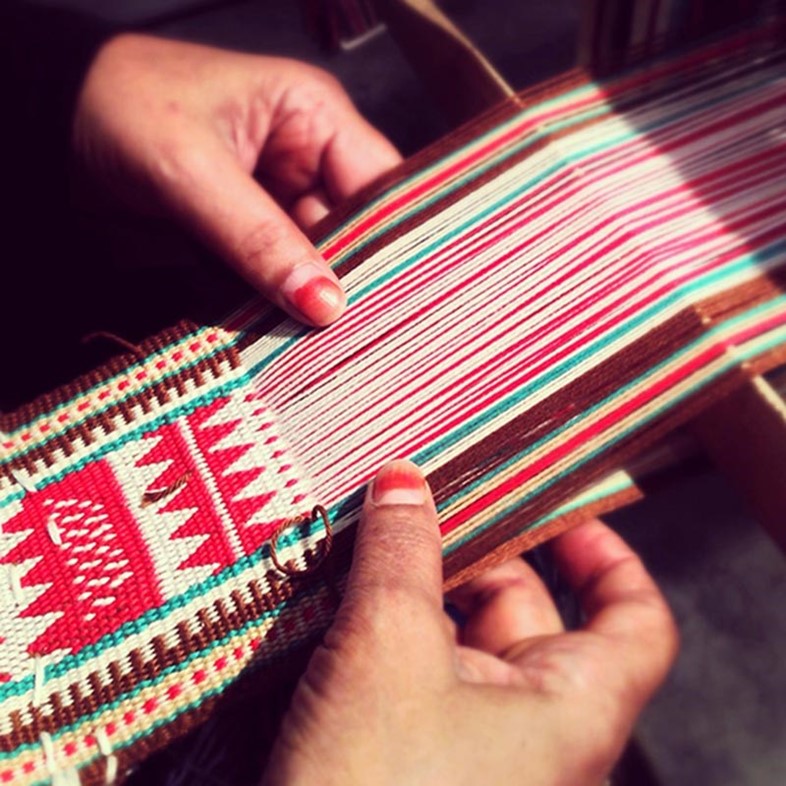
Geometry
Lootah graduated from Dubai Women's College in 2008 with a Major in Graphic Design, and worked as a graphic designer before moving into products. This background, combined with a self-confessed perfectionist streak and a fascination with the Islamic motifs that surround her in Dubai, has resulted in a clear geometric influence in her work.
“Patterns, shapes and forms are at the heart of my inspiration,” she says. “I find geometry and lines very interesting to work with, and the characteristics of repeat patterns absolutely mesmerising.” Her interest in pattern began when she started researching Islamic geometric motifs and patterns. “What intrigues me about the Emirati patterns is the fact that the ladies who weave them are often inspired by their surrounding environment. These geometric motifs are designed to reflect trees, piles of dates, sand dunes... but they're designed in a very abstract way that makes them aesthetically appealing.”
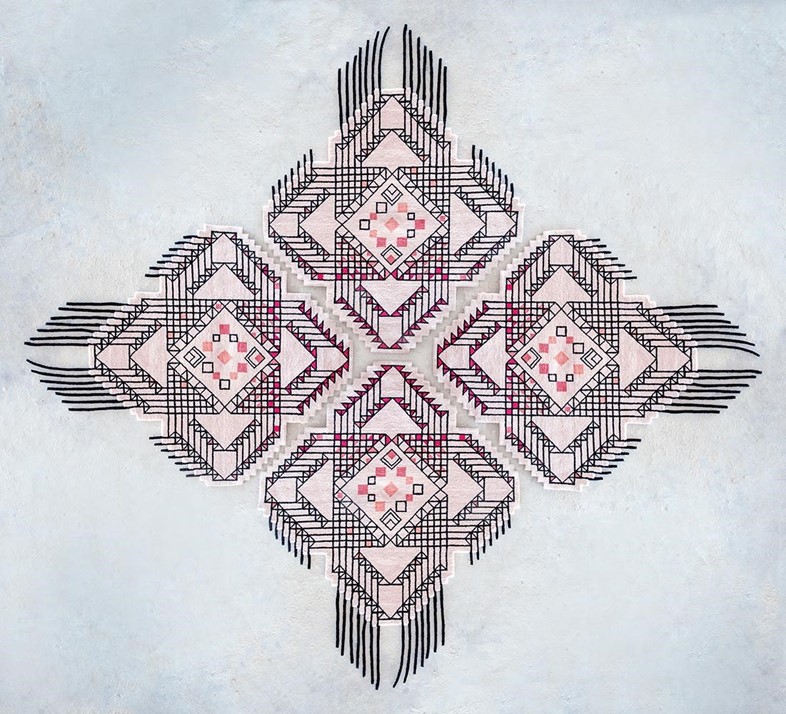
Gender
Lootah is keen to challenge Western perceptions of women in Dubai. She holds two full-time positions in Dubai: she works as Head of New Media in a governmental organisation from 8am until 3pm and then dedicates 4pm to 10pm every day to building her own business – something she says is not unusual.
“There are other ladies I know who work on their passions alongside a full-time job while being mothers,” she says. “Women in the UAE have always been at the forefront in many fields, whether it is working as designers, heading up universities, being fighter pilots or owning multiple businesses. Ambition and passion will not be oppressed or pushed aside here. I hope my work inspires upcoming female designers and empowers them to follow their passions and contribute to the design industry too.”
